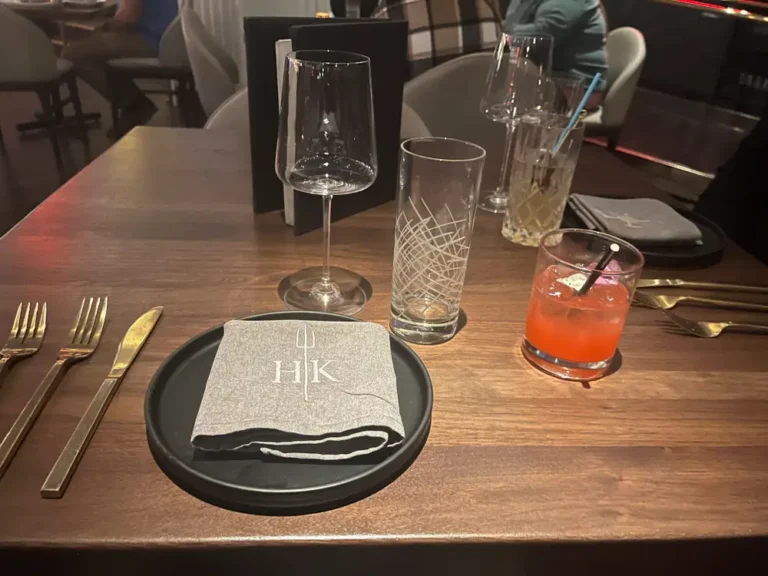The 5 red flags a chef looks out for when dining at a high-end Indian restaurant
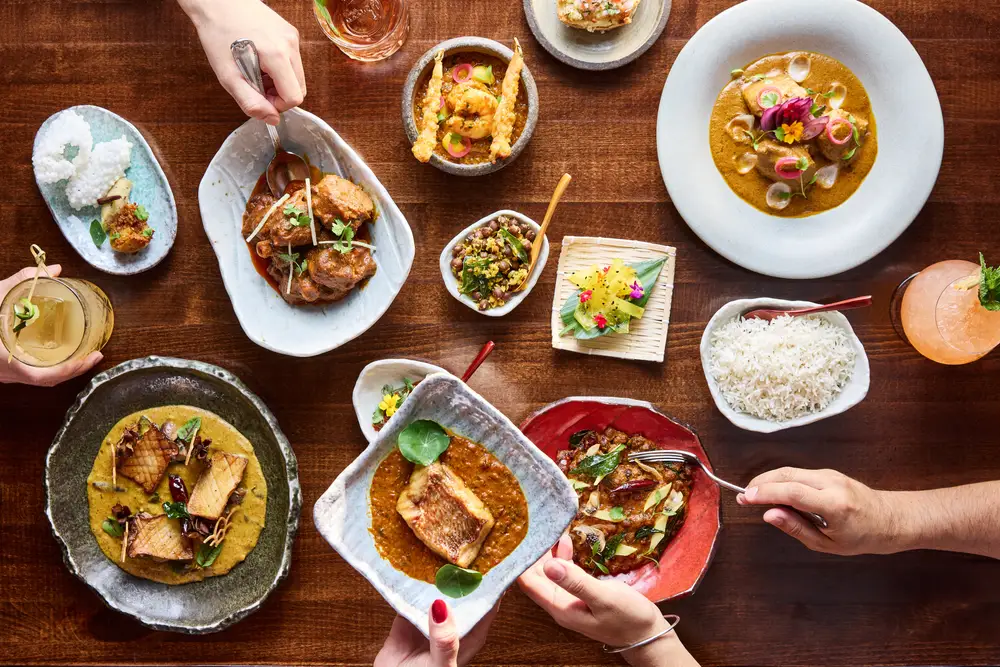
Chef Akshay Bhardwaj of Michelin-starred Junoon shared tips on how to spot red flags at a high-end Indian restaurant.
When it comes to fine dining Indian cuisine, Chef Akshay Bhardwaj understands the challenge that Indian chefs face when balancing authenticity with American palettes.
He’s been the executive chef at NYC’s renowned Indian restaurant Junoon since 2016, which, under his leadership, earned a Michelin star for three consecutive years, continuing a winning streak that began in 2011.
He’s also executive chef at the street-food specialty shop, Jazba, which is celebrating its first anniversary from October 4-6 with a three-day food popup in collaboration with Jamun — a renowned Indian restaurant in Goa, India.
“Indian fine dining, as a concept, is a relatively recent phenomenon that has picked up in the last 10 to 15 years, especially in America,” Bhardwaj told B-17.
This is, in part, because when Indians immigrated to the US, many came from humble backgrounds and did not have the means to spend money on fine dining.
That’s no longer the case. Indian Americans have since built their wealth and are ready to spend on upscale dining.
It’s no longer uncommon to see a mix of high-end and mid-range Indian eateries popping up in New York, with Bloomberg reporting that the city’s Indian restaurants are “becoming something of a power dining scene.”
Bhardwaj told B-17 that his first advice for anyone wishing to taste modernized Indian items is to “come with an open mind and just try.”
As someone who has worked closely on developing menus and reimagining traditional Indian flavors with a global twist, he knows when something is amiss and shared the top five red flags he looks out for when he’s craving a high-end Indian meal.
Here’s how you — like him — can distinguish the authentic from the superficial.
It’s never a good sign when a restaurant falls for social media trends rather than remaining true to its vision.
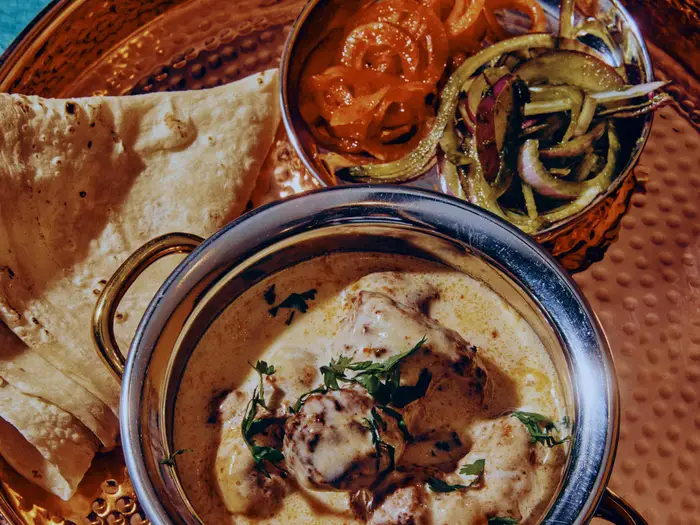
A dish that transcends trends — Aslam’s butter chicken is a grilled dish made at Aslam Chicken, a roadside shop outside Jama Masjid in Delhi. At Jazba, chef Bhardwaj recreated it for New York.
These days, almost everyone can hype a restaurant or a particular dish through FoodTok or Instagram. But just because a restaurant or dish is trending on FoodTok or Instagram doesn’t necessarily mean it’s worth a trip, Bhardwaj shared.
The best way to decide if a place is worth your time and money is to make these decisions the old-school way: by asking around in your social circles.
“I look for more word-of-mouth places where people have actually been,” Bhardwaj told B-17, adding that he prefers direct recommendations from friends or people who have been to the restaurant and will advise him on what to order and what to skip.
That way you get a first-person account of the spice levels, if the restaurant got the classics right, and what’s unique to their menu.
Expensive ingredients should elevate a dish while remaining true to Indian flavors.
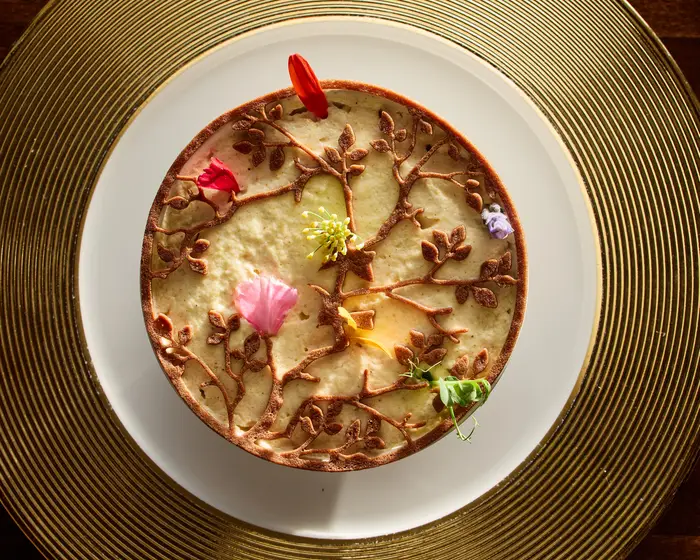
The “Tree of Life” is a dish at Junoon made with madras curry, rosehip chutney, and spiced chocolate cake.
Many people think expensive ingredients equate to fine dining, but Bhardwaj believes this could work against some restaurants if the ingredients stray from their native cuisine. Bhardwaj admitted he learned this the hard way because he’s guilty of doing it.
“We’ve had foie gras on our menu in the past, and I’ve loved cooking with it, but then there came a time when I realized this isn’t something we do.” By “this,” he means fois gras is not native to or popular in India.
He then reworked the menu to feature an Indian specialty instead.
“So, I thought, ‘Why don’t I make a dish with goat brain instead?’ It’s fatty, an organ, and more of a delicacy in India,'” Bhardwaj said.
Adding, “I think bringing it [dishes] back to your own culture is important.”
Classic dishes, like chicken tikka masala, are over-elevated without retaining authenticity.
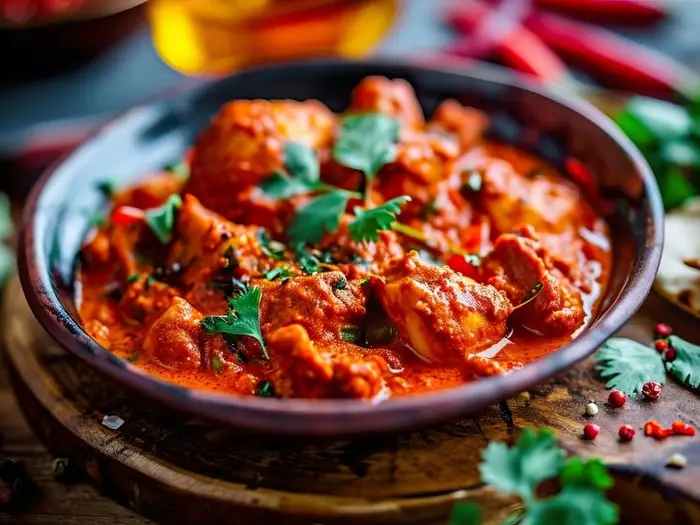
Bhardwaj said that even when experimenting with flavors and textures, restaurants should not abandon what’s culturally important.
As someone constantly cooking new ways of serving existing popular dishes, Bhardwaj said he understands the need to innovate, but also, the importance of not messing with a dish’s original flavors.
According to him, if a restaurant reinvents classics, such as the chicken tikka masala, but does so to appeal to Western tastebuds rather than innovate, it’s usually a bad sign.
“You could easily lose sight of maybe making something a little too Western in terms of the flavor or the dish itself. So I would say that’s probably the main thing that we try to stay away from,” Bhardwaj told B-17.
“Make sure that the dish itself has that authenticity to it, and then try to elevate it through a fusion of techniques and ingredients.”
A quality Indian restaurant will ground its spices in-house instead of using store-bought ones.
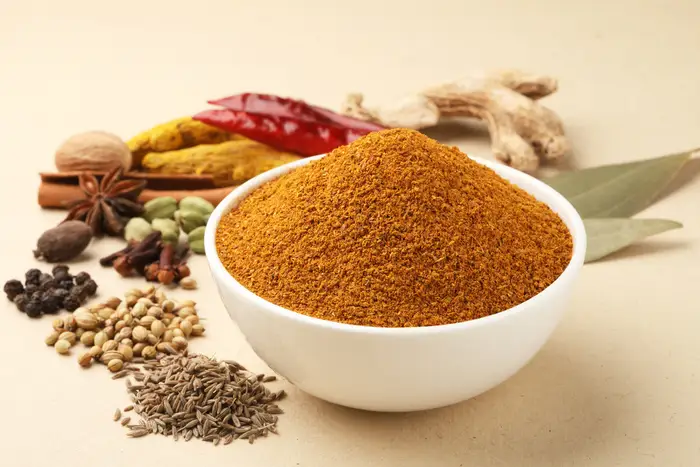
For Bhardwaj, upscale restaurants should use freshly ground spices as they enhance the flavors and aroma when made fresh.
One of the things that sets apart the butter chicken at Jazba from most other places is that Bhardwaj and his team make everything in-house.
“We get the whole spices ourselves, roast them, and then blend them into the powders,” Bhardwaj told B-17.
This speaks to the quality and freshness of food, which Bhardwaj said is all the more important to maintain at an expensive fine-dining haunt.
So, if you’re at a restaurant, ask the servers about how food is sourced and what items are made in-house versus store-bought. This will indicate whether the restaurant takes shortcuts or really goes above and beyond to serve quality food.
Finally, this may seem basic, but look at how well-kept the restrooms are. It’s usually an indicator of how well-kept the kitchen is.

The decor, presentation, and interiors of an upscale restaurant all add to the experience of eating there.
“This might sound funny, but the restrooms are always very important,” Bhardwaj told B-17, adding that this is a rule of thumb among most chefs and restauranteurs, who make mental notes on how well-kept the restaurant, especially the restroom, is.
“When you walk into a good restaurant, you’ve got to see that they’re taking care of their spaces. That’s No. 1,” Bhardwaj emphasized.
This, of course, applies to any fine-dining haunt you visit.


